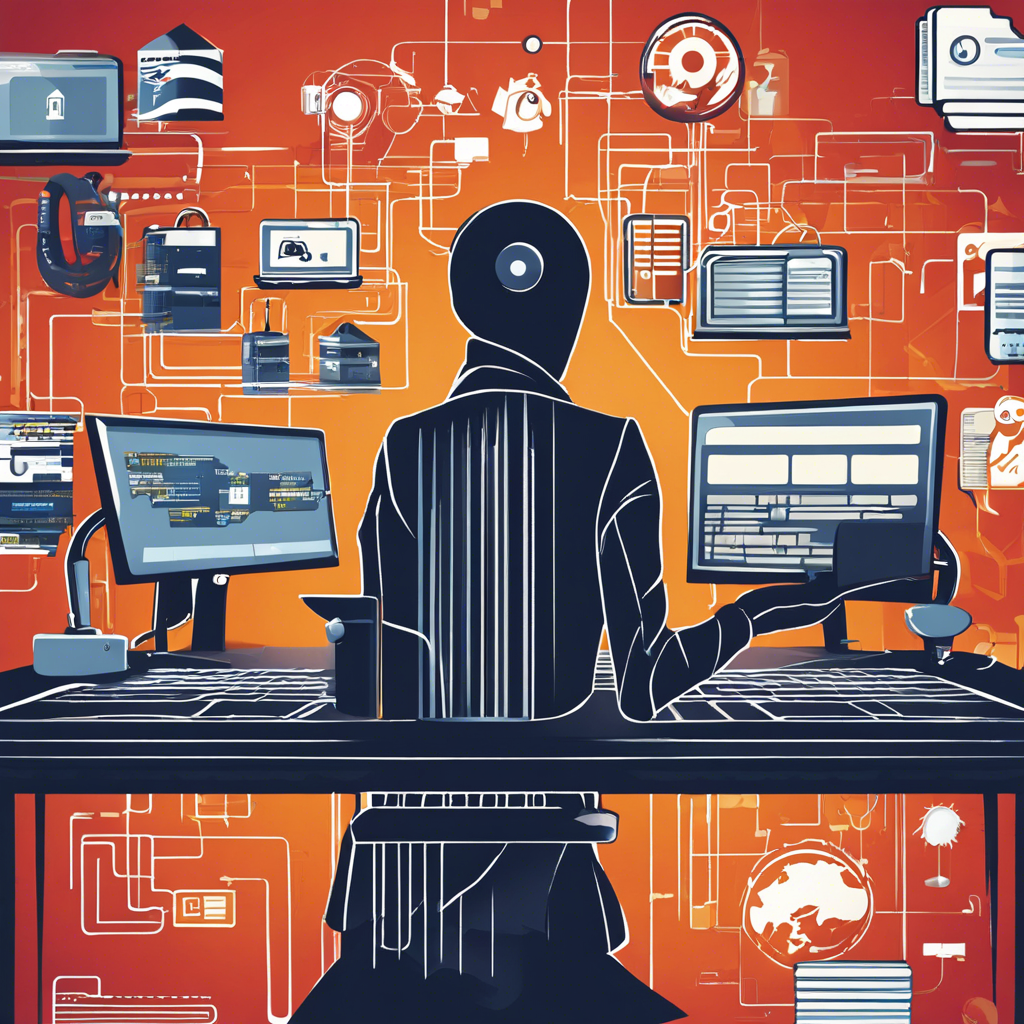**Protecting Yourself Against Online Threats: A Comprehensive Guide**
In today’s digital age, we spend a significant portion of our lives online, whether it’s shopping, socializing, working, or simply browsing for information. While the internet offers countless benefits, it also exposes us to various security threats that can compromise our personal information, financial data, and even our identity. In this digital battlefield, it’s crucial to stay vigilant and informed about the potential dangers lurking in the online world. Here, we explore the top 5 online security threats and provide practical tips to fortify your defenses against them.
**1. Phishing Attacks:** Phishing is a cunning tactic employed by cybercriminals to steal sensitive information, such as login credentials and credit card details. This often begins with a deceptive email or message that appears to be from a legitimate source, like your bank or a trusted online service. The message typically prompts you to click on a link and enter your personal information on a fake website that mimics the real one. To defend against phishing, always verify the sender’s authenticity before clicking any links or providing personal data. Look for signs like generic greetings, spelling errors, and suspicious email addresses. Install a reliable antivirus software that includes anti-phishing features to detect and block such attempts. Remember, legitimate organizations will never ask for sensitive information via email.
**2. Malware Infections:** Malware, short for malicious software, encompasses a wide range of threats, including viruses, spyware, ransomware, and trojans. These malicious programs can infiltrate your system through various means, such as email attachments, malicious websites, or even seemingly harmless downloads. Once inside, malware can wreak havoc, stealing data, encrypting files, or even taking control of your device. To protect yourself, keep your operating system and all software up to date to patch known vulnerabilities. Use reputable antivirus software and ensure it stays updated. Avoid clicking on suspicious links or downloading files from unknown sources. Regularly back up your important data to an external hard drive or cloud storage, so that even if malware strikes, you can restore your files.
**3. Unsecured Public Wi-Fi:** Public Wi-Fi networks are incredibly convenient, but they can also be insecure. Cybercriminals often target these networks to intercept data transmitted over them, including passwords and personal information. When using public Wi-Fi, avoid accessing sensitive accounts like banking or email. If you must access such accounts, use a virtual private network (VPN) to encrypt your data and maintain anonymity. Additionally, ensure your device’s firewall is enabled to block unauthorized access attempts.
The online world is a complex environment, and we’ve only just begun to uncover its potential dangers. Stay tuned for the next installment of this series, where we’ll delve deeper into the realm of cybersecurity and provide more insights to keep you safe in the digital realm.
